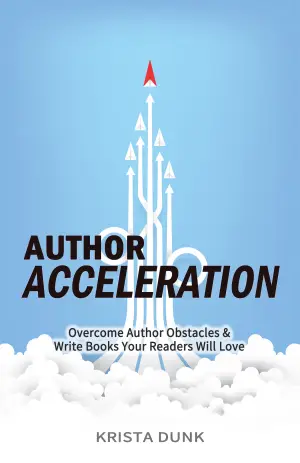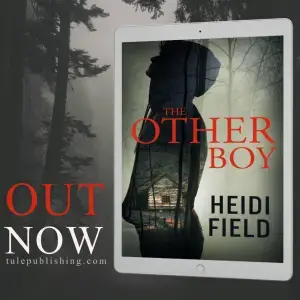A Stitch in Time: My Thoughts on Four Red Sweaters: Powerful True Stories of Women and the Holocaust
When I first picked up Four Red Sweaters, I was drawn in by Lucy Adlington’s reputation as a remarkable storyteller, especially after the haunting beauty of The Dressmakers of Auschwitz. The premise of weaving together the lives of four Jewish girls—each linked through an ordinary garment during the extraordinary horrors of the Holocaust—immediately intrigued me. Little did I know, I was not just embarking on a journey through history, but diving deep into the very essence of resilience and humanity.
Adlington’s narrative delicately intertwines the stories of Jock Heidenstein, Anita Lasker, Chana Zumerkorn, and Regina Feldman. Though they never met, their lives were stitched together by the presence of a red sweater, each garment symbolizing memories, hope, and survival amid unimaginable darkness. These women embodied not just survival, but also the strength and kindness that can persist in the face of cruelty. As I read, I found myself captivated by their individual stories—each one more poignant than the last—offering a profound reminder of the interconnectedness of our experiences.
One theme that resonated deeply with me was the idea of clothing as a messenger of identity and resilience. Adlington highlights how these sweaters, once mere articles of clothing, became significant markers of the women’s journeys, connecting them in ways they could never have imagined. The author’s meticulous research enriches the narrative, allowing us to understand the context and gravity of their situations. At times, I found myself reflecting on the garments in my own life, considering their sentimental value and the memories they carry.
In terms of writing style, Adlington’s prose is both lyrical and accessible. She strikes a delicate balance between factual recounting and heartfelt storytelling, ensuring that even the most harrowing details do not overshadow the celebration of life and courage. I particularly appreciated the integration of black-and-white images throughout the book, which lent a visceral quality to the narratives and made the stories all the more impactful.
One standout passage that lingered with me is a simple reflection on the act of knitting for survival—a metaphor for connecting and nurturing in times of despair. This notion serves as a gentle invitation for readers to consider how the ordinary can become extraordinary through acts of bravery and compassion.
Four Red Sweaters is more than a history book; it’s a testament to the strength of women and the human spirit. It’s a read I would wholeheartedly recommend to anyone interested in Holocaust literature, as well as those looking for stories of resilience that transcend the boundaries of time. The reading experience left a profound impact on me, reminding me that even in the darkest times, there exists the possibility for connection, kindness, and hope.
Whether you’re a history buff or someone seeking powerful narratives that echo through generations, this book is a must-read. It offers not just a glimpse into the past, but also a heartfelt reminder of the threads that weave our shared humanity together.
You can find Four Red Sweaters: Powerful True Stories of Women and the Holocaust here >>






